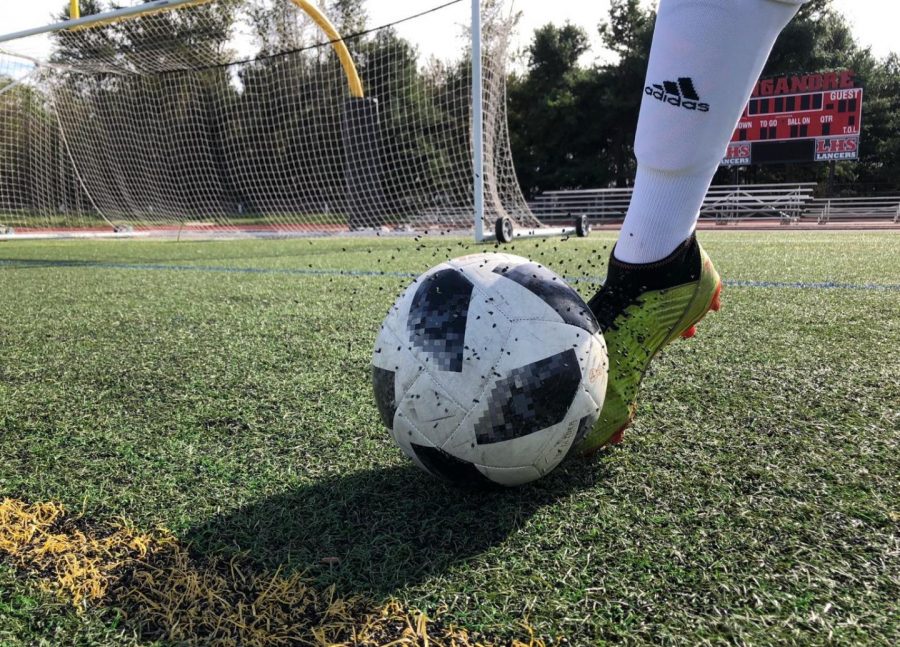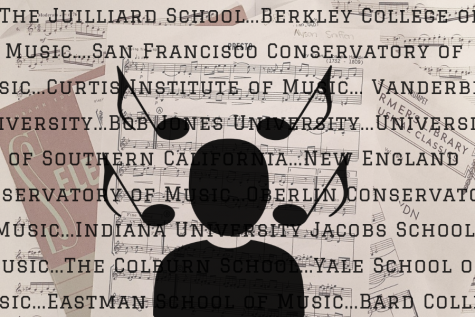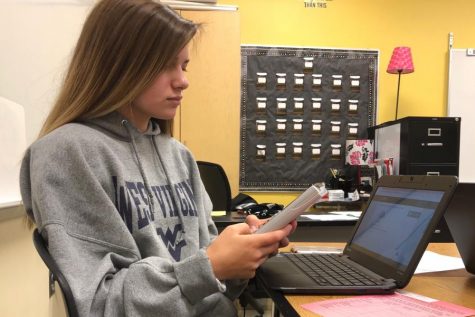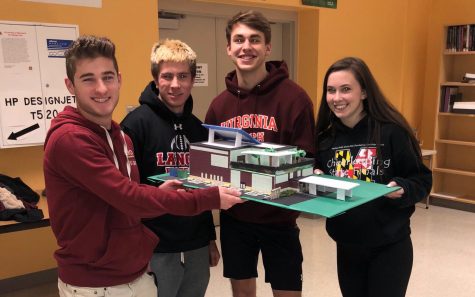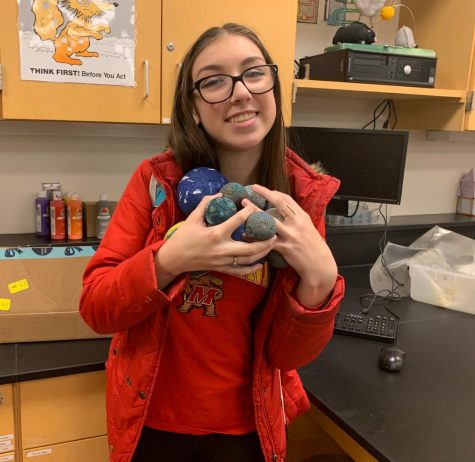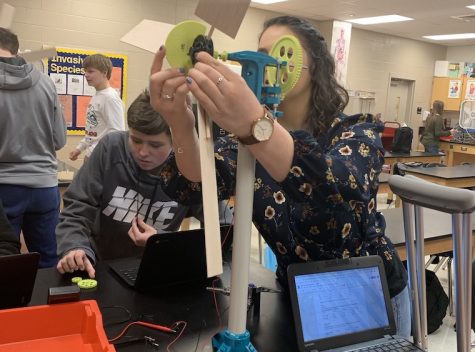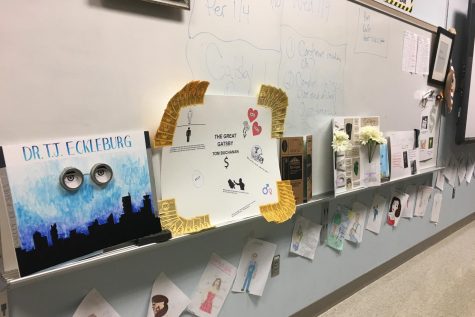Are the dangers of artificial turf fields worth the risk?
The tire crumb rubber rises high just from a bouncing soccer ball.
October 17, 2018
Artificial turf has increased in popularity around the world, especially in the United States. There are over 12,000 artificial turf fields across the United States, and the number is growing. They’re nice to play on, due to their flexibility with weather, and they are easy to maintain. This all seems great, but many don’t know the growing concern over the dangerous effects of the material that makes up the turf.
What is artificial turf? For the majority of artificial grass fields, man-made plastic blades of grass are used with recycled tire crumb. The purpose of the tire crumb is to act as soil, providing cushioning and traction. It also aids in the durability of the field. Below the grass and tire crumb is a base of subgrade, a drainage system, and geotextile along with more cushioning. These materials make a field that can be played on in all types of weather, causes fewer injuries, and can be easily maintained. This is convenient for schools, sports organizations, and parks, as their fields are now in use year-round.
Frederick County Public Schools Athletics and Extracurricular Activities Supervisor, Kevin Kendro, favors turf over grass for those exact reasons. “I see the benefits of both surfaces. It is always good to play on a natural surface, but a synthetic(turf) surface allows for more consistency and more opportunities to play during periods of inclement weather.”
So what makes these fields dangerous? Chemical from the tire crumb have proven to have negative effects on the athletes. Heat is the most common known danger, not from just turf fields, but rubber playgrounds, which also use the tire crumb. According to studies by Penn State University, artificial turf fields are 35° to 55° F hotter than natural grass. Many parents across the country are pushing for restrictions to be placed on these fields for safety, considering playing on this material during the spring and summer sometimes warrants a heat advisory. Fortunately, in Frederick County Public Schools, there are regulations for heat acclimatization.
The lesser known reason for being concerned about turf fields is that the chemicals from the tire crumb can be toxic. Benzothiazole can be found in these tire crumbs, as well as carbon black, and heavy metals. The chemicals can be breathed in and/or absorbed through open cuts from the rubber rising off the ground from contact and players falling on the turf.
In a much publicized study by the University of Washington School of Public Health, a relationship was found between University of Washington soccer coach Amy Griffin’s 53 players she had coached in the past and cancer. Her players consistently played on artificial turf fields, and more than 60% were goalies who have more contact with the field. Studies have been done by the EPA (Environmental Protection Agency), and they have claimed that the levels of chemicals are not high enough for concern. One thing is conclusive though: These chemicals can cause cancer. Is there a great enough connection to stop using the fields?
Most people recognize that the turf fields are softer for players and cause less injuries. Kendro said, “FCPS does a great job working with the companies who install and inspect our artificial turf fields. One of the main tests that is done annually is compaction testing to make sure the playing surface is not too hard.”
It may take longer for all levels of sports planning to look more deeply into the cancer/turf connection.
Also, there’s money involved.
Most turf companies still use recycled tire crumb when there are other options like coconuts or sand. The recycled tire crumb is much less expensive, and there’s little pressure to change.
Lancer Media asked the Linganore Soccer team the question, “Are you aware of the dangers of artificial turf?” All of the 22 member squad was aware the heat concerns. The same question was asked regarding cancer-causing chemicals. Only eleven were aware.
Sophomore Julian Rodriguez said, “I know about the chemicals, but I’ve never actually seen the effects on someone. I love soccer, so I’m not going to let it [chemicals] stop me from playing.”
As a soccer player in frequent contact with turf, I believe something needs to be done about the tire crumb rubber in artificial turf and playgrounds. In addition to known hazards like heat, scientific evidence suggests that these toxic chemicals can cause cancer making playing on these surface a safety hazard.
There are alternatives for the soil, such as sand, or even coconuts, which are being used in Minnesota at South St. Anthony Park. Although these alternatives will cost more for turf companies and consumers, I think they will be the wave of the future.


